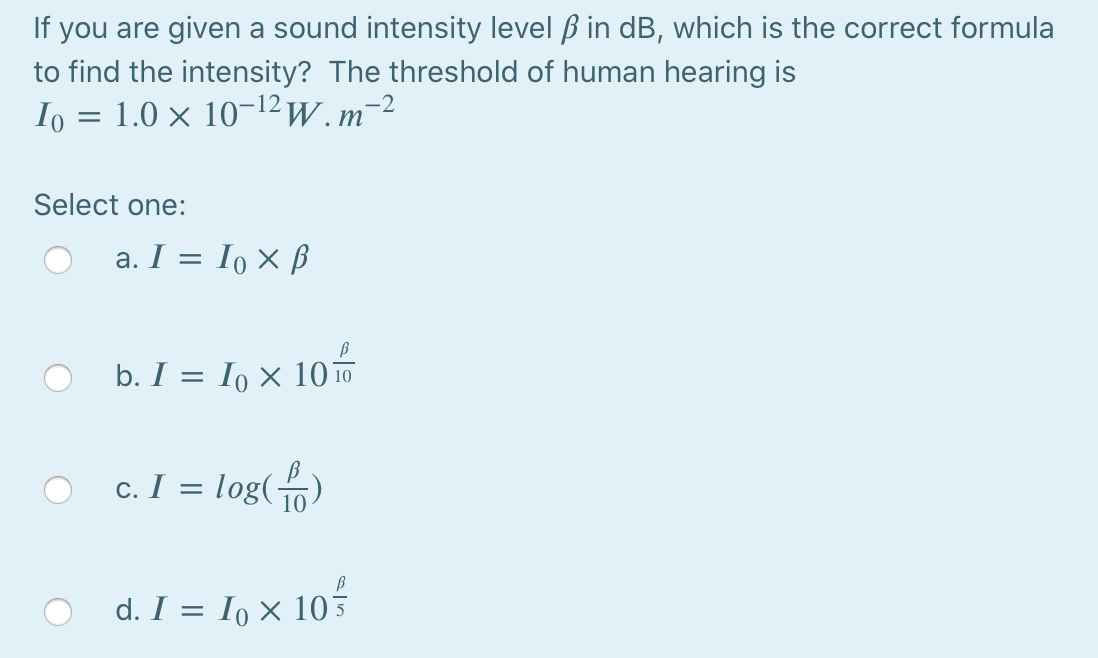

Learn about the major environmental problems facing our planet and what can be done about them! Saving Earth Britannica Presents Earth’s To-Do List for the 21st Century.Britannica Beyond We’ve created a new place where questions are at the center of learning.100 Women Britannica celebrates the centennial of the Nineteenth Amendment, highlighting suffragists and history-making politicians.COVID-19 Portal While this global health crisis continues to evolve, it can be useful to look to past pandemics to better understand how to respond today.Student Portal Britannica is the ultimate student resource for key school subjects like history, government, literature, and more.From tech to household and wellness products. Britannica Explains In these videos, Britannica explains a variety of topics and answers frequently asked questions.This Time in History In these videos, find out what happened this month (or any month!) in history.#WTFact Videos In #WTFact Britannica shares some of the most bizarre facts we can find.Demystified Videos In Demystified, Britannica has all the answers to your burning questions.Britannica Classics Check out these retro videos from Encyclopedia Britannica’s archives.Similarly for EM waves the quantities dBW and dBm have been defined where the reference is 1 Watt and 1 milliwatt, respectively. To avoid confusion with other decibel measures, the term dB(SPL) is used. The reference sound pressure (corresponding to a sound pressure level of 0 dB) commonly used is that at the threshold of human hearing, which is conventionally taken to be 2Ã≱0 â∥ Newton per square meter, or 20 micropascals (20 μPa). Therefore, in order to relate different intensities it is necessary to choose a standard reference level. Whenever the decibel unit is used, it always represents the ratio of two values. Alternately, reducing the sound pressure by 2, results in a â 6 dB change in intensity. Revising the table to reflect the relationship between the ratio of the measured sound pressure and the change in intensity expressed in dB produces:įrom the table it can be seen that 6 dB equates to a doubling of the sound pressure. Î X ( d B ) = 10 l o g X 2 X 1 \Delta X(dB)=10log\frac where delta I is the change in sound intensity incident on the transducer and V 1 and V 2 are two different transducer output voltages.

The basic equation that describes the difference in decibels between two measurements is: The dB is a logarithmic unit that describes a ratio of two measurements. The decibel (dB) is one tenth of a Bel, which is a unit of measure that was developed by engineers at Bell Telephone Laboratories and named for Alexander Graham Bell. More information about decibels is provided below. Decibels is a more common unit when relating the amplitudes of two signals. The units of the attenuation value in Nepers per meter (Np/m) can be converted to decibels/length by dividing by 0.1151. The term e is the exponential (or Napier's constant) which is equal to approximately 2.71828. The dimensions of α \alpha ÂĪre nepers/length, where a neper is a dimensionless quantity. The quantity α \alpha is the attenuation coefficient of the wave traveling in the z-direction. The amplitude A is the reduced amplitude after the wave has traveled a distance z from that initial location. In this expression A 0 is the unattenuated amplitude of the propagating wave at some location. The amplitude change of a decaying/attenuating plane wave can be expressed as: Scattering is the reflection of the wave in directions other than its original direction of propagation. Absorption is the conversion of the wave energy to other forms of energy. The combined effect of scattering and absorption is called attenuation. This further weakening results from scattering and absorption.

Natural materials, however, all produce an effect which further weakens the wave. When a wave travels through a medium, its intensity diminishes with distance. In idealized materials, the wave amplitude is only reduced by the spreading of the wave.

Describe what attenuation is and what causes it.Â.After reading this section you will be able to do the following:Â


 0 kommentar(er)
0 kommentar(er)
